#Pavlovsk Palace
Text

Grand Duchess Maria Feodorovnas State Bedchamber,
Pavlovsk Palace, St. Petersburg, Russia
#art#design#architecture#history#luxury lifestyle#style#luxury house#interior design#luxury home#interiors#palace#bedroom#bedchamber#st petersburg#russia#charles cameron#maria feodorovnas#state bedchamber#pavlovsk palace
462 notes
·
View notes
Photo
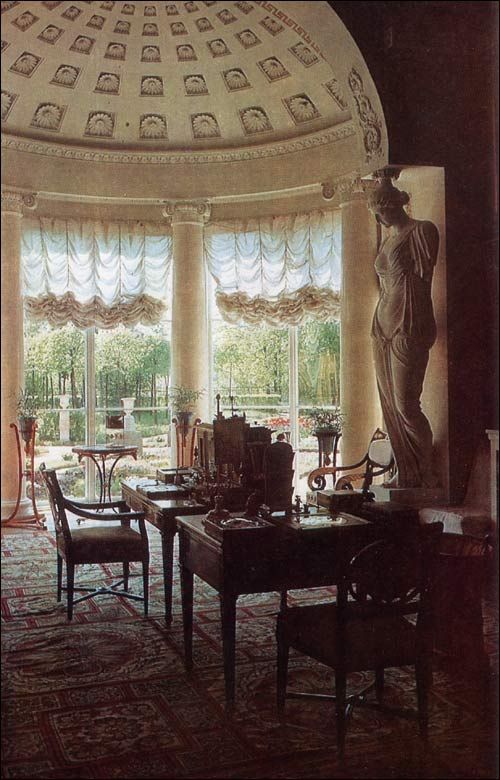
...”the ink of the scholar is more holy than the blood of the martyr”...
~Anonymous
#the painted chateau#painted chateau#art#architecture#antiques#imperial russia#pavlovsk palace#inspired life
59 notes
·
View notes
Text
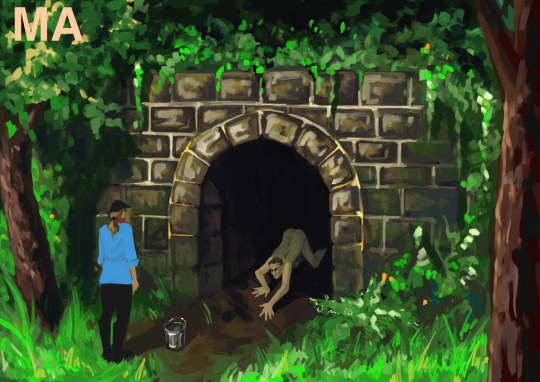
Liv Ullmann feeds Ingmar Bergman with fish at Pavlovsk
#digital art#original art#my art#artists on tumblr#illustration#ingmar bergman#liv ullmann#pavlovsk palace
2 notes
·
View notes
Photo
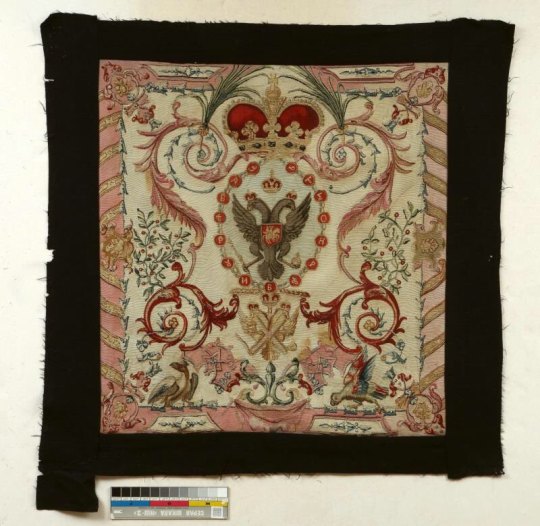

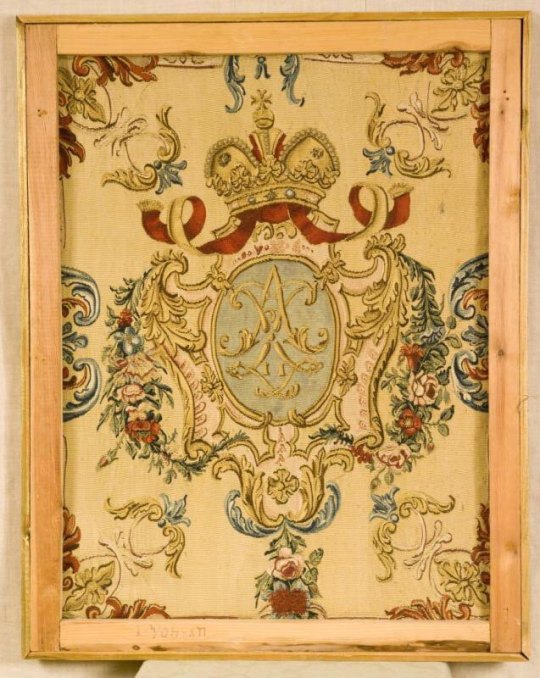



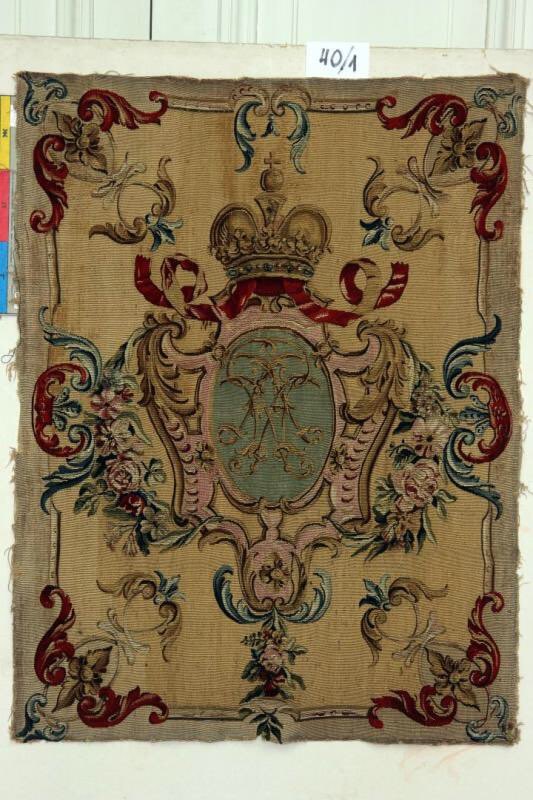
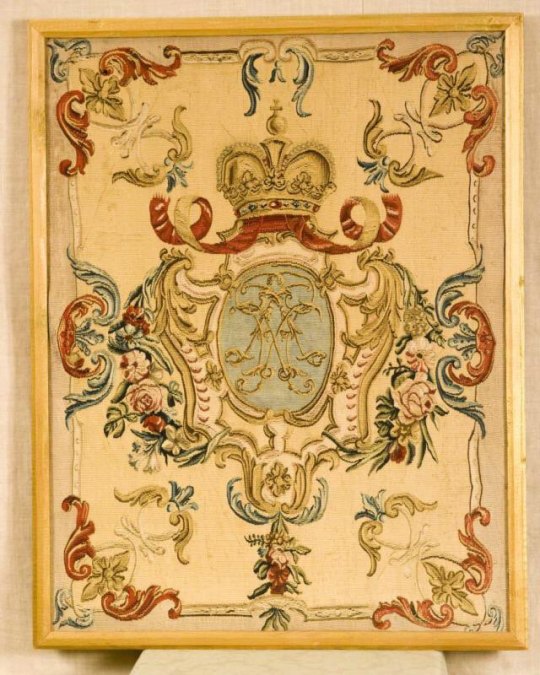
Folding-screen panels which survived from the Corner Reception-Room of Her Majesty at the Alexander Palace in Tsarskoe Selo
Here you have all of the tapestry panels from the folding/privacy screens which were used to decorate the Corner Reception-Room of Her Majesty. Originally, this room was decorated with three folding-screens, each of them were gilded, and were most likely executed by either the firms of N. Svirsky or F.F. Meltser & Co. (R.F. Meltser was the Court Decorator to Their Majesties). These tapestries which were fitted to various folding-screens (paravents) can be identified in the autochrome plate made during the late Summer of 1917 by war-time photographer Andrei Zeest. One tapestry panel depicts the double-headed eagle surrounded by scrollwork, filigree and ribbons. The other tapestry panels are said to be from the reign of King Louis XV of France by way of the monogram which is depicted in the center of each of the panels. All of the tapestry panels reside at GMZ Pavlovsk.
Please enjoy! Also, if you re-share and/or post these photographs elsewhere PLEASE credit Gosfond and GMZ Pavlovsk accordingly! Thank-you!
________________________________________________________________
Source:
Gosfond (State Museum Catalogue of the Museum Fund of Russia)
Link of courtesy:
www.goskatalog.ru
#alexander palace#gmz tsarskoe selo#gmz pavlovsk#tsarskoe selo#romanov#imperial russia#neoclassical#russian empire style#russian archival material#gosfond#empress alexandra feodorovna#louis xv#svirsky#meltser#furniture#folding screen#paravent
109 notes
·
View notes
Text
Pavlovsk Park, Saint Petersburg
Postcard from Russia.
The Pavlovsk Park is the park surrounding the Pavlovsk Palace, an 18th-century Russian Imperial residence built by Tsar Paul I of Russia near Saint Petersburg. After his death, it became the home of his widow, Maria Feodorovna. It is now a state museum and a public park.
The stamps:
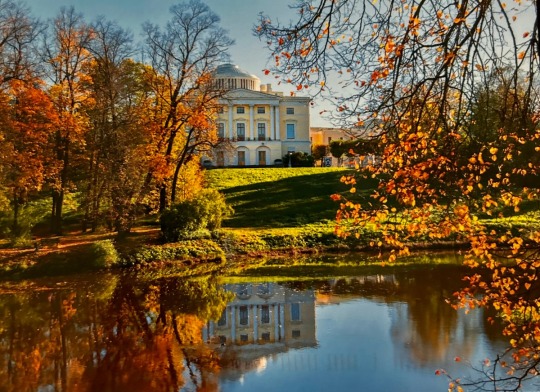
View On WordPress
0 notes
Text
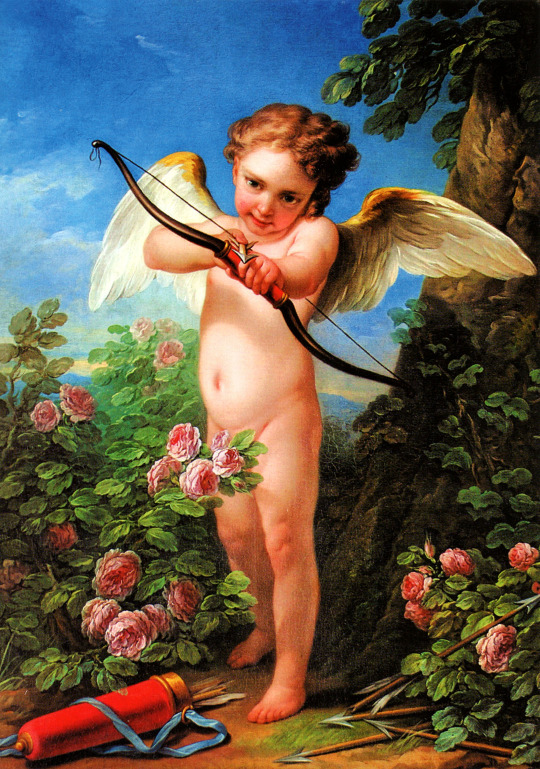
Charles-André van Loo (French, 1705-1765)
Cupid Shooting a Bow, 1761
Pavlovsk Palace
#Charles-André van Loo#french art#1700s#cupid shooting a bow#art#fine art#european art#classical art#europe#european#oil painting#fine arts#mediterranean#europa#french#france#mythological art#cupid
59 notes
·
View notes
Text
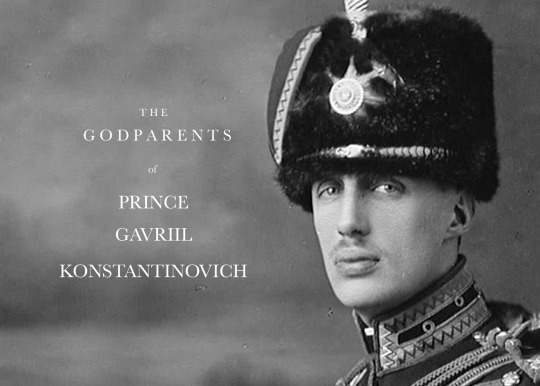


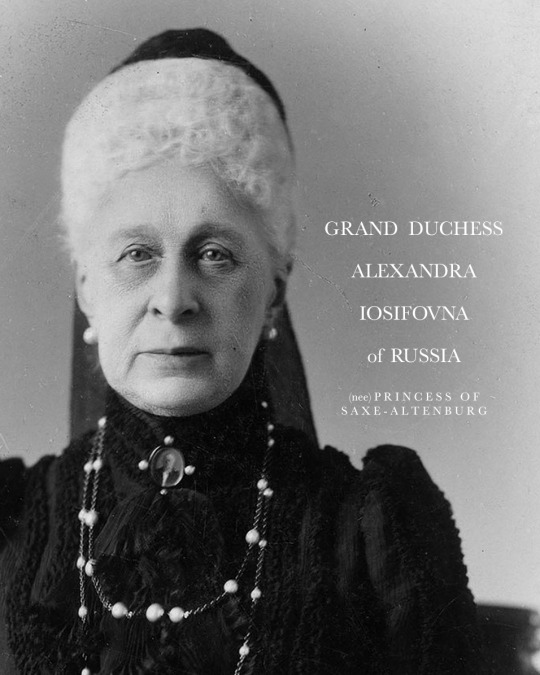
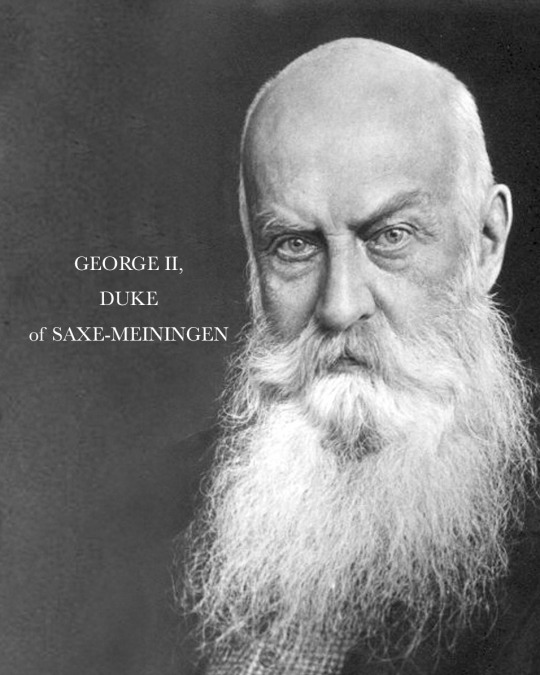

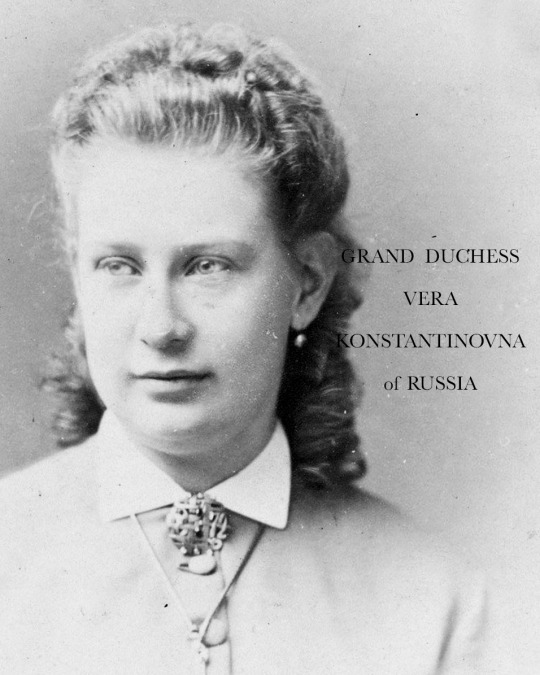



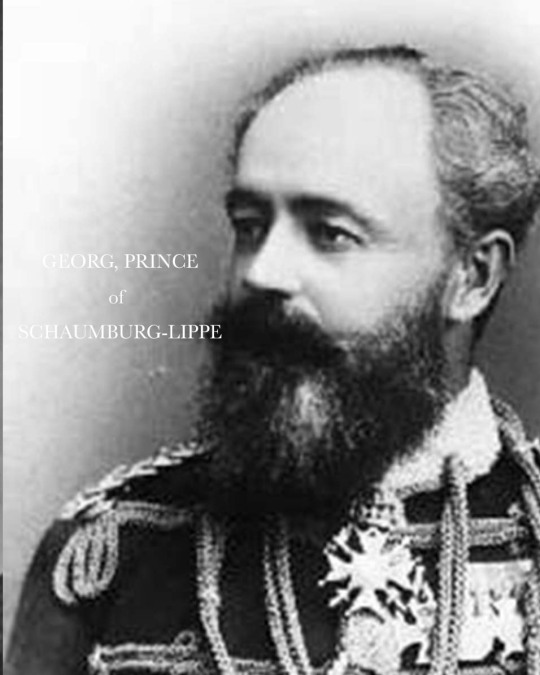
GODPARENTS OF PRINCE GAVRIIL KONSTANTINOVICH
Prince Gavriil Konstantinovich was born on 15 July 1887 in the Grand Bedroom of Empress Maria Feodorovna at Pavlovsk Palace, Saint Petersburg. The second son of Grand Duke Konstantin Konstantinovich of Russia and his German-born wife Grand Duchess Elizabeth Mavrikievna, he was christened on 8 August at 1:30 pm at a private church of Pavlovsk. His godparents were:
ALEXANDER III, EMPEROR OF RUSSIA - his father’s first cousin was named as one of his many godparents. He was highly reactionary in domestic affairs and reversed some of the liberal reforms of his father, Alexander II. He was most likely present at his young cousin’s christening.
GEORGE I, KING OF GREECE - his uncle, the husband of Queen Olga Konstantinovna, was one of his godparents. Born a Danish prince, he was elected king by the Greek National Assembly, when he was only 17. His reign of almost 50 years (the longest in modern Greek history) was characterized by territorial gains as Greece established its place in pre–World War I Europe.
GRAND DUCHESS ALEXANDRA IOSIFOVNA OF RUSSIA - his paternal grandmother, born a German princess, was listed as one of his godparents. Married to Grand Duke Konstantin Nikolaevich of Russia in 1848, she was considered a beautiful woman, but plagued by insecurity. Within the family, she was later known to be a formidable character.
GEORGE II, DUKE OF SAXE-MEININGEN - his maternal great-uncle, was the penultimate Duke of Saxe-Meiningen, reigning from 1866 to 1914. He was likely present, having been named as one of his young nephew's godparents.
ERNST I, DUKE OF SAXE-ALTENBURG - a paternal great-uncle named as a godparent of the young prince, was the reigning Duke of Saxe-Altenburg from 1853 until 1908. He was of a retiring disposition and he took little active part in running the country, of which he ruled for fifty-five years.
GRAND DUCHESS VERA KONSTANTINOVNA OF RUSSIA - one of his paternal aunt, Vera was known in royal circles as an eccentric both in appearance and behaviour. She was named as one of Gabriel's godparents, and was present at the christening. Although she kept in touch with her Romanov relatives, visiting Russia many times, she identified more closely with her adopted country, Württemberg.
GRAND DUKE DMITRI KONSTANTINOVICH OF RUSSIA - his paternal uncle, and his favourite, was also one of his godparents. He followed a military career, and was religious. He never married, and was one of several Romanov relatives executed by a firing squad at the walls of Peter and Paul Fortress during the Russian Civil War.
MARIE FRIEDRIKE, DOWAGER DUCHESS OF SAXE-MEININGEN - his maternal great-grandmother was one of his godparents. Born a Princess of Hesse-Kassel, she married the Duke of Saxe-Meiningen, with whom two children (seventeen years apart) were born.
PRINCESS AUGUSTA OF SAXE-MEININGEN - his maternal grandmother was absent at her grandson's christening, of whom she was named as one of his godparents. In 1862, she married Prince Moritz of Saxe-Altenburg, and bore him five children.
GEORG, PRINCE OF SCHAUMBURG-LIPPE - the husband of his maternal aunt, was also absent at the young prince's christening but was named as one of his numerous godparents. He ruled the small Principality of Schaumburg-Lippe within the German Empire from 1893 to 1911.
Source
16 notes
·
View notes
Note
Fun question. Say if you get to stay in any of their places for a week. Which would you stay in?
That IS a fun question! Let´s see....
If it were back in the day before 1917, I would probably choose Pavlovsk, which to my eyes always seemed the loveliest one, and surrounded by wonderful gardens. Today I would totally spend it in the Winter Palace. I imagine you do not even have to leave the building to have a fantastic experience.
11 notes
·
View notes
Text
Prince Igor Konstantinovich of Russia
Son of Grand Duke Konstantin Konstantinovich and his wife Grand Duchess Elizabeth Mavrikievna. He was born on 10th June 1894 in Strelna.

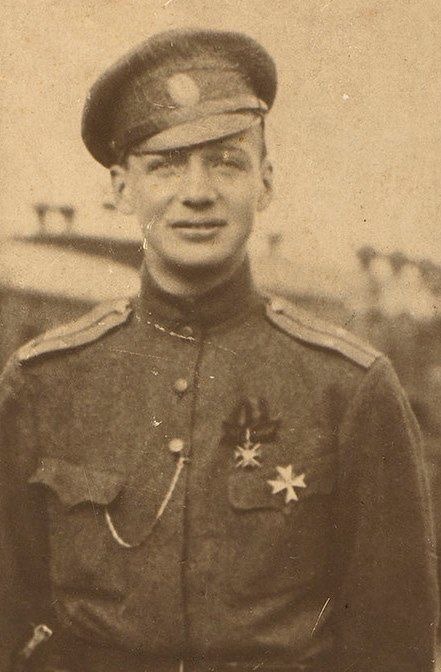


Prince Igor Konstantinovich of Russia
Son of Grand Duke Konstantin Konstantinovich and his wife Grand Duchess Elizabeth Mavrikievna. He was born on 10th June 1894 in Strelna.
He was brought up along with his older brother Prince Oleg Konstantinovich, who was two years older than him. They spent a lot of time together, sharing games and children’s toys. Prince Igor also loved animals from childhood, especially horses. While Igor was more calm, thoughtful, sentimental, and vulnerable. He waa enrolled at Page Corps, for which Prince Igor was very proud that he was now a military man, and he did not hide his joy. That at one occasion, having visited the imperial family in the new uniform, he would have traditionally wanted to kiss the Grand Duchess Maria Nikolaevna, but, remembering the instructions of the nanny, she bounced to the side: “No, no. Little girls should not kiss soldiers.” Prince Igor was not at all upset, but, on the contrary, was very pleased that he was mistaken for a real soldier. Igor loved church singing and possessing a good ear for music and voice, he willingly took part in festive services. He was so fond of the church and worship that in adolescence be was appointed clerk of the field church. He was later a clerk of the church of the Pavlovsk Palace. After graduating from the Page Corps, the Prince passed the exam for an officer and was enrolled in the Life Guards Hussar Regiment. It was in his composition that he went to the First World War. Prince Igor was the youngest representative of the Romanov dynasty in the First World War, he was only twenty years old when he went to the front. But he later suffered from pleurisy, the Prince was sent on vacation for treatment to Petrograd. He also witnessed the death of his favourite brother, Oleg. Which sent their father to an early grave.
After the death of his father, Prince Igor took care of all the economic affairs of Ostashevo, which had been his father’s estate. After recovering from his illness, he later became the Tsar’s wing-adjutant. Prince Igor had a good-natured, disposing character, the Tsar was very happy when Igor was on duty with him. Even colleagues at the front called the Prince "a cheerful person."
Prince Igor Konstantinovich was one of the several Romanovs murdered in 1918.
10 notes
·
View notes
Photo

Pavlovsk Palace, Saint Petersburg, Russia
#art#design#interiors#interiordesign#palace#russia#pavlovsk palace#saint petersburg#tsar#imperial#luxury house#luxury home#luxurylifestyle#style#history
342 notes
·
View notes
Photo

Ivan Ayvazovsky (Armenian /Russian, 1817 -1900)
Stormy sea at night, 1849
oil on canvas
Pavlovsk Palace, Saint Petersburg
@ Wikimedia Commons
#ivan aivazovsky#moon#ivan konstantinovich aivazovsky#ivan ayvazovsky#seascapes#cloudscapes#russian art#russian romanticism#Romanticism#mu art#mu#art#wikimedia commons#20 art#20 notes
27 notes
·
View notes
Text

The Palace: From the Tudors to the Windsors, 500 Years of Royal History at Hampton Court
Author: Gareth Russel
First published: 2023
Rating: ★★★★☆
Gareth Russel is an extremely readable writer and I particularly love his biography of Katherine Howard. However, The Palace did not meet all of my expectations. I had hoped this would indeed be a story of the building, with its workings, its growth, its daily life, and its impact. Instead what I got was a swift (even if enjoyable) fast course on English royalty from the Tudors onwards. The Hampton Court in itself did not seem to be especially important to anything that happened. If I already did not have considerable knowledge about English history, I would also probably get swamped by the names and events that span over 500 years but need to be crammed into roughly 350 pages. Well written, not uninteresting, I did like it a lot but ultimately... I guess not many books can be like Pavlovsk : The Life of a Russian Palace
The Girl Who Couldn't Read
Author: John Harding
First published: 2012
Rating: ★★★★☆
Even though this is officially a sequel, it can easily be read as a standalone. In both cases, I found it engaging and OH SO satisfying.
Prize for the Fire
Author: Rilla Askew
First published: 2022
Rating: ★★★★★
A portrait of a complicated woman who fights for her own identity and strength and eventually finds it, along with inner peace, in her faith. Anne Askew was, by a definition, a religious fanatic in a time when religion was being redressed and differences of opinion on it punishable by death, and Rilla Askew (a curious accident of a name) does not make her exactly likable - which is good, because instead of a legendary martyr washed of off all sins, we get a believable and complex human character, a woman trapped by her era and her circumstance. The whole book is what I would absolutely call a quality historical fiction and the nearer the end, the more powerful it becomes.
Russian Fairy Tales
Author: Alexander Afanasyev
First published: 1855
Rating: ★★★★☆
It took me several months to go through all of the stories. Some I enjoyed more than others, naturally, but I suppose the main great thing about this collection is the possibilities it gives to future authors who can search for inspiration in it.
Magic Lessons
Author: Alice Hoffman
First published: 2020
Rating: ★★★★★
Practical Magic was an OK book but I loved The Rules of Magic and this one is also *Chef´s kiss*. I was ready to scream at a certain point near the end and audibly breathed my relief afterward. Alice Hoffman is a beautiful storyteller.
The Company
Author: J.M. Varese
First published: 2023
Rating: ★★★☆☆
This had a gorgeous cover, some seriously creepy vibes, and not bad writing. Unfortunately, most of the book felt like an endless repetition of previous scenes, and in the end, there is really no resolution, just a feeling of being confused. At some points, I thought this book needed much more editing since some dialogues felt unnecessary. I also felt very frustrated that whenever the two main characters interacted and you would hope they would actually have a conversation, it ended after a bunch of sentences with "Ya know?" "I know", but my sweet dude, WE don´t know. Not a terrible book by any means, but it truly could have been so much more.
Maximilian Kolbe: the Saint of Auschwitz
Author: Jean-François Vivier
First published: 2021
Rating: ★★★★☆
The life of Maximilian Kolbe was remarkable, not only for his martyrdom he chose to save another person but for his tenacity, unwavering energy, and belief in God and that everybody can become holy. The richness of it, however, makes it difficult for a volume as slim as this one to really make you feel connected to his story. I felt that it either needed to be a bit longer, or should have focused more on at least some of the episodes. That said, this makes his legacy accessible to any reader, and the art style, though simple, conveys everything it needs to. I am also happy to note there are actual photographs of the saint included at the end of the book.
The Mill on the Floss
Author: George Eliot
First published: 1860
Rating: ★★★★☆
I am a little torn. Some of the scenes were written so beautifully and played out in a manner so powerful one could not but be swept away. At other times I felt that while still written well, the pacing was off and the mundane was losing my interest. I understand that the first part was needed to establish the characters and let us truly know them, but I was also seriously considering DNF-ing the book while plowing through. My rating would be in between 3 and 4 stars, but since Goodreads does not allow that, I will be generous.
Mere Christianity
Author: C.S. Lewis
First published: 1942
Rating: ★★★★★
C.S. Lewis explains Christianity in a very sensible and natural manner, with no shoving of it down your throat. I loved all of the parables and examples he used, bar one, which obviously stemmed from his inexperience with that one issue: actual women. (Or at least he had little experience of them at the time he wrote this book). "Who would you rather talk to if this happened? Man or a woman?" "The one with the brain, Clive Staples, the one with the brain." Other than that small part of one chapter, this is a book any Christian can easily and reliably draw on for inspiration when speaking about their faith to others.
Hell Bent
Author: Leigh Bardugo
First published: 2023
Rating: ★★★★☆
I was reading this slowly, a few pages at a time, to keep my sanity and focus, while the genocide of Palestinians was raging (still is) in the world for all of us to witness. Who would have thought that a book about demons and Hell would be absolutely nothing compared to our reality? But yes, it was absorbing, it led me someplace else for a moment. It was good.
Small Spaces
Author: Katherine Arden
First published: 2018
Rating: ★★★☆☆
I wish this had been an adult horror because I guarantee you I would have shat myself.
4 notes
·
View notes
Photo

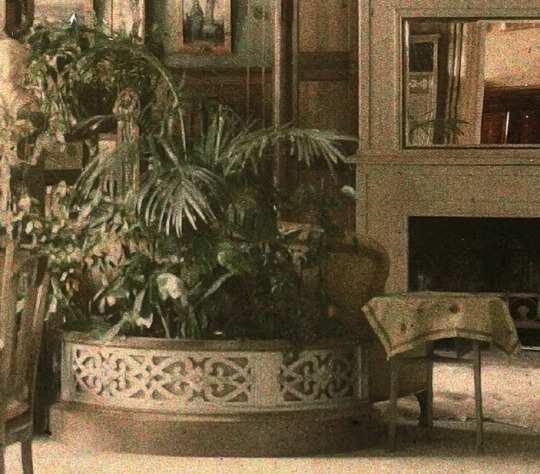
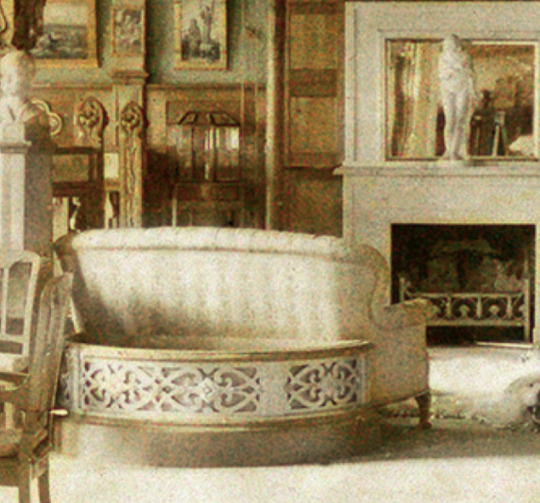

A surviving metal, open-work grille of gilt bronze rosettes and palmettes from one of the jardinières of the Maple Living-Room of Her Majesty at the Alexander Palace in Tsarskoe Selo
In the museum publication, “Report of the Tsarskoe Selo State Museum-Reserve for 2021,” there is a wealth of information on the going-on’s which have been happening at GMZ Tsarskoe Selo. Included in this publication are the restoration of objects from the apartments of Their Majesties, including this surviving jardinière grille.
I’ve translated the text as it originally is in Russian. I use Yandex for my translations as I have been told this is much better than other Internet translators:
Grid (detail of the jardiniere)
Russia, St. Petersburg. The end of the XIX century .
Metal; casting, stamping, gilding, painting
26.5 × 160.0 × 76.0 cm
Inv. No. ED-2386-IV
Restorers: N. V. Mazur, A.V. Novoselov
Head of work — restoration engineer
A. E. Novikov (LLC "Tsarskoye Selo Amber
Workshop")
Curator E. G. Stadler
________________________________________________________________
“During the restoration work, all kinds of dirt were removed, the deformation of parts was eliminated, the lost fasteners were replenished.
To solve the problem of restoration of the lattice surface and overhead parts (significant scuffs and scratches of the paint layer) a number of studies have been conducted to establish the original appearance of the object. It was revealed that the relief pads in the form of rosettes and palmettes are made of gilded brass, but subsequently painted over with silver paint in the color of the lattice surface. The Restoration Council of the museum decided to return the original gilded look to the linings, to preserve the damaged paint layer of the smooth surface and to paint the lattice in the color most appropriate to the historical appearance.
The openwork metal lattice is part of one of the two floor jardinieres that were part of the decoration of the Maple Living Room of Empress Alexandra Feodorovna. Indoor plants were placed in tubs in them, creating green zones of fresh flowers. Their wooden base was made of gray maple, as well as all the built-in furniture with a carved mezzanine and stairs. During the war, a significant part of the interior decoration was damaged; the preserved metal part of one of the jardinieres will again take its historical place after the restoration of the wooden base.”
________________________________________________________________
Please enjoy these images, and If you’d like to share them elsewhere, you can download them yourself and if you do so, PLEASE remember to credit the institution/news source/author/photographer - in this case Gosfond, GMZ Tsarskoe Selo, GMZ Pavlovsk, Andrei Zeest and the Tsarskoe Selo Amber Workshop, appropriately! Thank-you.
Photographs:
1. A surviving metal, openwork grille with gilt bronze rosettes and palmettes that decorated one of the jardinières. This piece was in the collection of GMZ Pavlovsk, now back at GMZ Tsarskoe Selo (digitised via Gosfond).
2. Cropped detail of one of Andrei Zeest’s autochrome negatives. Circa. September 1917. Property of GMZ Tsarskoe Selo.
3. Cropped detail of one of Andrei Zeest’s autochrome negatives. Circa. September 1917. Property of GMZ Tsarskoe Selo.
4. The surviving grille which has been restored by A.E. Novikov, N.V. Mazur, and A.V. Novoselov of the Tsarskoe Selo Amber Workshop.
Sources:
Gosfond (State Museum Catalogue of the Museum Fund of Russia)
GMZ Tsarskoe Selo (Tsarskoe Selo State Museum Reserve)
GMZ Pavlovsk (Pavlovsk State Museum Reserve)
Andrei A. Zeest - Wartime Photographer
"State Museum-Reserve "Tsarskoe Selo." Collection Catalog. Volume No. XVII. Book No. I." - V.F. Plaude. Circa. 2013.
“Report of the Tsarskoe Selo State Museum-Reserve for 2021.” - St. Petersburg. Circa. 2022.
Link of courtesy:
www.goskatalog.ru
https://tzar.ru/science/publications/report-2021
https://tzar.ru/science/publications/photo_catalogue
The two catalogues can be downloaded in PDF form via the links above. I believe you can access Gosfond (the first link) if you have a VPN, but don’t quote me on that. xD.
#alexander palace#tsarskoe selo#gmz tsarskoe selo#gmz pavlovsk#romanov#imperial russia#empress alexandra feodorovna#maple living room#art nouveau#jardiniere#russian archival material#gosfond#tsarskoe selo amber workshop#andrei zeest#historical restoration
16 notes
·
View notes


